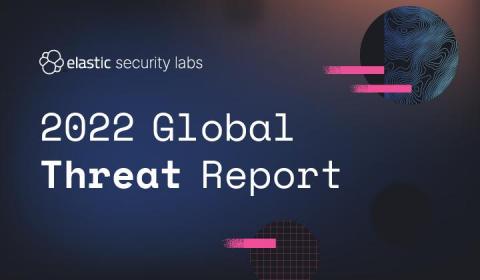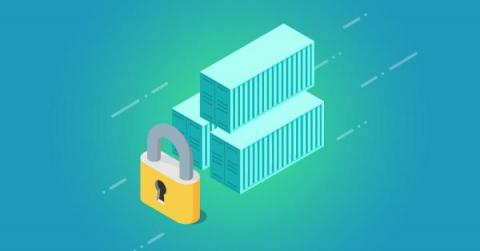Modern SOC and MDR services series I: What they are, why they matter
Inadequate cybersecurity is a severe issue that challenges SMBs and enterprises indiscriminately, putting them at risk. Reasons for the business impact include: To help businesses navigate cybersecurity risks, many delegate to internal or external security operation centers (SOC).











